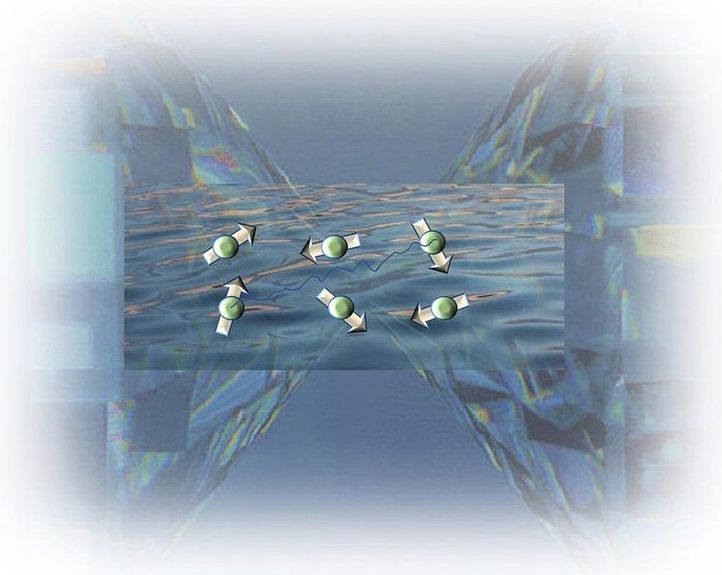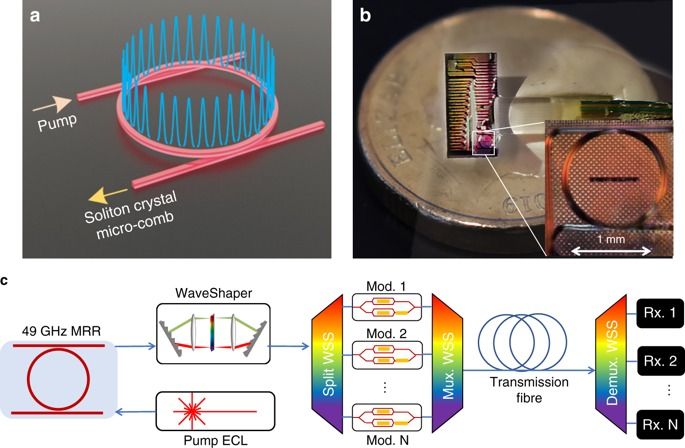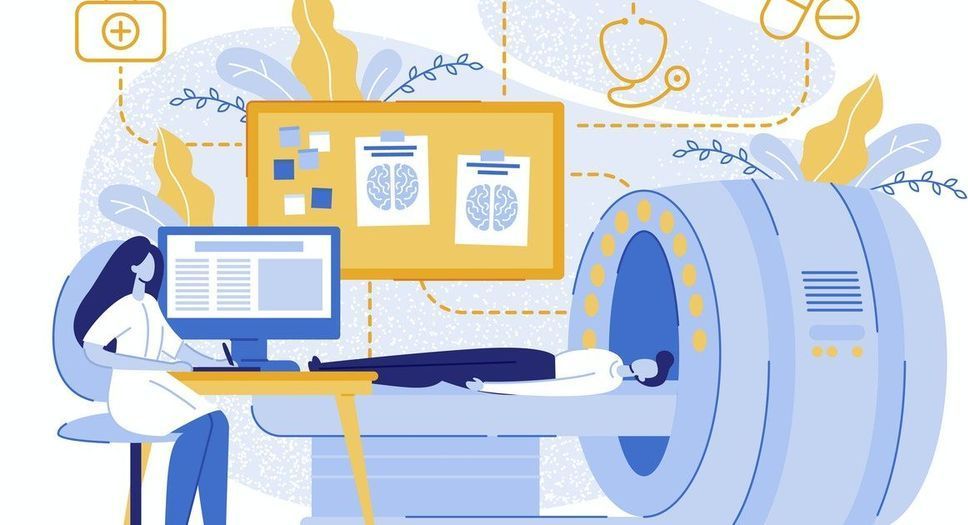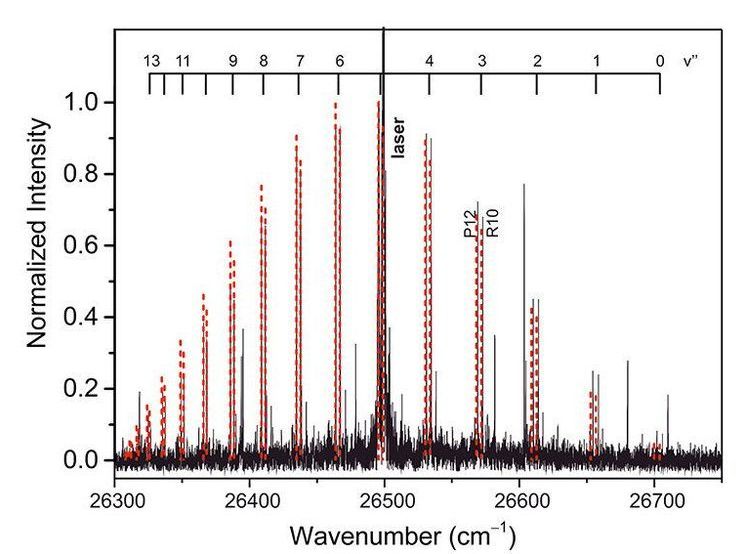Cesium atoms and laser traps offer a more robust type of quantum computer.


https://facebook.com/LongevityFB https://instagram.com/longevityyy https://twitter.com/Longevityyyyy https://linkedin.com/company/longevityy
- Please also subscribe and hit the notification bell and click “all” on these YouTube channels:
https://youtube.com/Transhumania
https://youtube.com/BrentNally
https://youtube.com/EternalLifeFan
https://youtube.com/MaxEternalLife
https://youtube.com/LifespanIO
https://youtube.com/LifeXTenShow
https://youtube.com/BitcoinComOfficialChannel
https://youtube.com/RogerVer
https://youtube.com/RichardHeart
https://youtube.com/sciVive
Follow Peter Voss on social media:
Tweets by peterevoss
https://linkedin.com/in/vosspeter
https://facebook.com/petervoss
https://medium.com/@petervoss
Check out projects Peter focuses on:
https://agiinnovations.com
http://optimal.org/voss.html
SHOW NOTES

Using two flat-top diamonds and a lot of pressure, scientists have forced a magnetic crystal into a spin liquid state, which may lead to insights into high-temperature superconductivity and quantum computing.
It sounds like a riddle: What do you get if you take two small diamonds, put a small magnetic crystal between them and squeeze them together very slowly?
The answer is a magnetic liquid, which seems counterintuitive. Liquids become solids under pressure, but not generally the other way around. But this unusual pivotal discovery, unveiled by a team of researchers working at the Advanced Photon Source (APS), a U.S. Department of Energy (DOE) Office of Science User Facility at DOE’s Argonne National Laboratory, may provide scientists with new insight into high-temperature superconductivity and quantum computing.

Here’s a new chapter in the story of the miniaturization of machines: researchers in a laboratory in Singapore have shown that a single atom can function as either an engine or a fridge. Such a device could be engineered into future computers and fuel cells to control energy flows.” Think about how your computer or laptop has a lot of things inside it that heat up. Today you cool that with a fan that blows air. In nanomachines or quantum computers, small devices that do cooling could be something useful,” says Dario Poletti from the Singapore University of Technology and Design (SUTD).
This work gives new insight into the mechanics of such devices. The work is a collaboration involving researchers at the Centre for Quantum Technologies (CQT) and Department of Physics at the National University of Singapore (NUS), SUTD and at the University of Augsburg in Germany. The results were published in the peer-reviewed journal npj Quantum Information on 1 May.
Engines and refrigerators are both machines described by thermodynamics, a branch of science that tells us how energy moves within a system and how we can extract useful work. A classical engine turns energy into useful work. A refrigerator does work to transfer heat, reducing the local temperature. They are, in some sense, opposites.

Micro-combs — optical frequency combs generated by integrated micro-cavity resonators – offer the full potential of their bulk counterparts, but in an integrated footprint. They have enabled breakthroughs in many fields including spectroscopy, microwave photonics, frequency synthesis, optical ranging, quantum sources, metrology and ultrahigh capacity data transmission. Here, by using a powerful class of micro-comb called soliton crystals, we achieve ultra-high data transmission over 75 km of standard optical fibre using a single integrated chip source. We demonstrate a line rate of 44.2 Terabits s−1 using the telecommunications C-band at 1550 nm with a spectral efficiency of 10.4 bits s−1 Hz−1. Soliton crystals exhibit robust and stable generation and operation as well as a high intrinsic efficiency that, together with an extremely low soliton micro-comb spacing of 48.9 GHz enable the use of a very high coherent data modulation format (64 QAM — quadrature amplitude modulated). This work demonstrates the capability of optical micro-combs to perform in demanding and practical optical communications networks.
Education Saturday with Space Time.
This episode of space time is brought to you by the information flowing through an impossibly complex network of quantum entanglement, that just happens to mutually agree that you and I exist inside it. Oh, and Schrodinger’s cat is in here too.
In quantum world things are routinely in multiple states at once – what we call a “superposition” of states. But in the classical world of large scales, things are either this or that. The famous thought experiment is Schrodinger’s cat – in which a cat is in an opaque box with a vial of deadly poison that’s released on the radioactive decay of an atom. Quantum mechanics tells us that the atom’sfunction can be in a superposition of states – simultaneously decayed or not decayed. So is the cat’sfunction also in a superposition of both dead and alive.
If you’re interested in superlongevity and superintelligence, then I have a book to recommend., by Sonia Contera, is a book about the intersection of biotech and nanotech. Interesting and well written for the layman, the book covers some of the latest developments in nanotechnology as it applies to biological matters. Although there are many topics, I was primarily interested in the DNA nanobots, DNA origami, and the protein nanotechnology sections. My interest is piqued in these arenas due to my expectation that DNA nanobots and protein nanobots, as well as complex self-assembled custom nanostructures, are going to be key to some of the longevity technologies and some of the possible substrates for mind uploading that are key to superlongevity and superintelligence. There are also sections in the book on 3D bioprinted organs — progress and possibilities, as well as difficulties.
There is even a section that clearly was written specifically to address a discussion that has engaged my friends, Dinorah Delfin and Dan Faggella. The title is:
FUTURE DEVICES: QUANTUM PHYSICS MEETS BIOLOGY MEETS NANOTECHNOLOGY
Now, some might be tempted to consider that particular combination to be “woo woo”, however, please keep in mind the author’s credentials. Sonia Contera is a professor of biological physics in the Department of Physics at the University of Oxford.
Increasingly, scientists are gaining control over matter at the nanometer scale. Spearheaded by physical scientists operating at the interfaces of physics and biology, advances in nanoscience and technology are transforming how people think about life and treat human health.


Magnesium dimer (Mg2) is a fragile molecule consisting of two weakly interacting atoms held together by the laws of quantum mechanics. It has recently emerged as a potential probe for understanding fundamental phenomena at the intersection of chemistry and ultracold physics, but its use has been thwarted by a half-century-old enigma—five high-lying vibrational states that hold the key to understanding how the magnesium atoms interact but have eluded detection for 50 years.
The lowest fourteen Mg2 vibrational states were discovered in the 1970s, but both early and recent experiments should have observed a total of nineteen states. Like a quantum cold case, experimental efforts to find the last five failed, and Mg2 was almost forgotten. Until now.
Piotr Piecuch, Michigan State University Distinguished Professor and MSU Foundation Professor of chemistry, along with College of Natural Science Department of Chemistry graduate students Stephen H. Yuwono and Ilias Magoulas, developed new, computationally derived evidence that not only made a quantum leap in first-principles quantum chemistry, but finally solved the 50-year-old Mg2 mystery.

Researchers at the Swiss Federal Institute of Technology Lausanne (EPFL) and IBM Research Europe recently demonstrated the laser cooling of a nanomechanical oscillator down to its zero-point energy (i.e., the point at which it contains a minimum amount of energy). Their successful demonstration, featured in Physical Review Letters, could have important implications for the development quantum technologies.